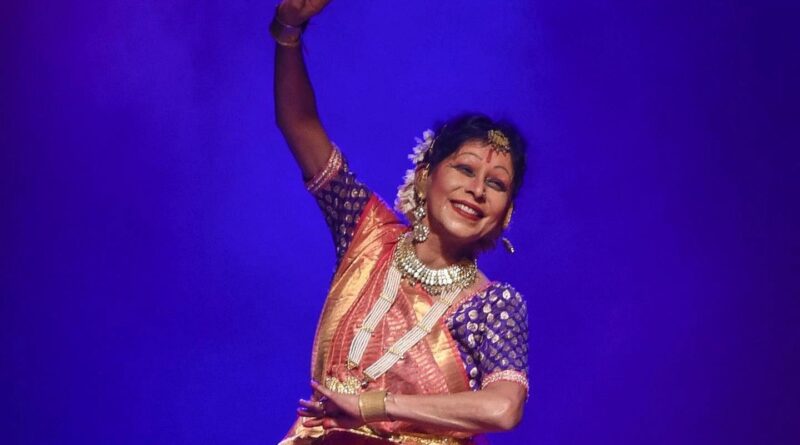‘Women Have Successfully Punctured Male Dominance In Kathak’, Says Padma Shri Shovana Narayan
Known for redefining the Kathak art form on the global stage, Shovana Narayan started taking baby steps to learn the classical dance from the age of two. The Padma Shri awardee went on to grasp the art’s nuances from legendary Kathak dancer Pandit Birju Maharaj. Her extraordinary performances were a mix of classical dance and Western forms like ballet, flamenco and tap dance. Apart from being a guru, Narayan wears many hats – from author, actor, director to writer. The veteran performer spoke to Free Press Journal about the recently-concluded dancing event, LalitArpan Festival, in Delhi. Excerpts from an interview given to Priyanka Chandani.
Q. A performer, teacher and an author. What inspires you to wear many hats?
A. Each of them is intrinsically intertwined. Dance is my breath and soul. It’s a medium to express myself. Thus, the outward expression is what you would term as an artiste. I love to think, research and share my art’s knowledge with all. Therefore, the teacher and the author epithets are used by the world.
Q. What is the reception for Indian classical dance in the West?
A. The reception to Kathak has been phenomenal. The rich range of Kathak mesmerises people of different countries and cultures, with its rhythmic and technical brilliance as well as the storytelling aspect ingrained in philosophy and humanism.
Q. How has Kathak evolved over the years? According to you, what is the future of classical dance forms in India?
A. Classical dance is called classical because it has the wonderful capacity to move with time while holding onto its spirit, ethos, and salient aspects. This is the reason why Kathak or the Kathak community is still throbbing and pulsating today even after its first mentions in ‘Adiparva’ of Mahabharata and the Prakrit Inscription of the early Maurya period dating back to more than 2,500 years ago. The flow of our Kathak river will also see enrichment by our future generations.
Q. Many of your peers say classical dance forms don’t get enough audience these days until you fuse them with a Western dance form.
A. In my experience, I have never compromised with the classicality of my art and we have had full houses more often than not besides standing ovations both in India and abroad. I have had very successful collaborative evenings not only with artistes of several Indian classical dance styles but also with several leading names of Spanish flamenco, Western classical ballet and tap dance. I also think that the media gives more space to popular art. This influences the minds of people who have never been exposed to the depth and beauty of classical art. I have found that when such audiences experience the classical arts, then there is a perceptible difference.
Q. How do you see the fusion culture which has become popular in the last decade?
A. If done well, it’s enjoyable. They all have to stand the test of time otherwise, as is happening all over the world, there is a constant stream of new fusions being tried out.
Q. Classical dance forms, especially Kathak, have become commercialised in Bollywood and reality shows. Your views on that.
A. I do agree that there is commercialisation of classical dance, but it should be remembered that such dances do not reflect the ethos and spirit of the original art form. Instead, they borrow certain movements and features as per their film’s requirements. Even among the Bollywood artistes, there are dedicated classical dancers who have maintained the art’s purity.
Q. After Pandit Birju Maharaj and Girdhari Maharaj, there haven’t been many popular male performers. What is the reason that not many men are considering classical dance as their career or passion?
A. Today, the male classical dancers are continuing their family’s tradition. As far as Kathak is concerned, its origin lies in the temples where a certain group of Brahmin priests, called Kathaks, narrated legends relating to the Almighty through the medium of gesture and mime namely ‘dance’. These priests were men hence there are a large number of male Kathak practitioners. It was in the 20th century that women successfully punctured the hallowed male domain and have perhaps overtaken them in numbers.
(We are on WhatsApp. To get latest news updates, Join our Channel. Click here)




